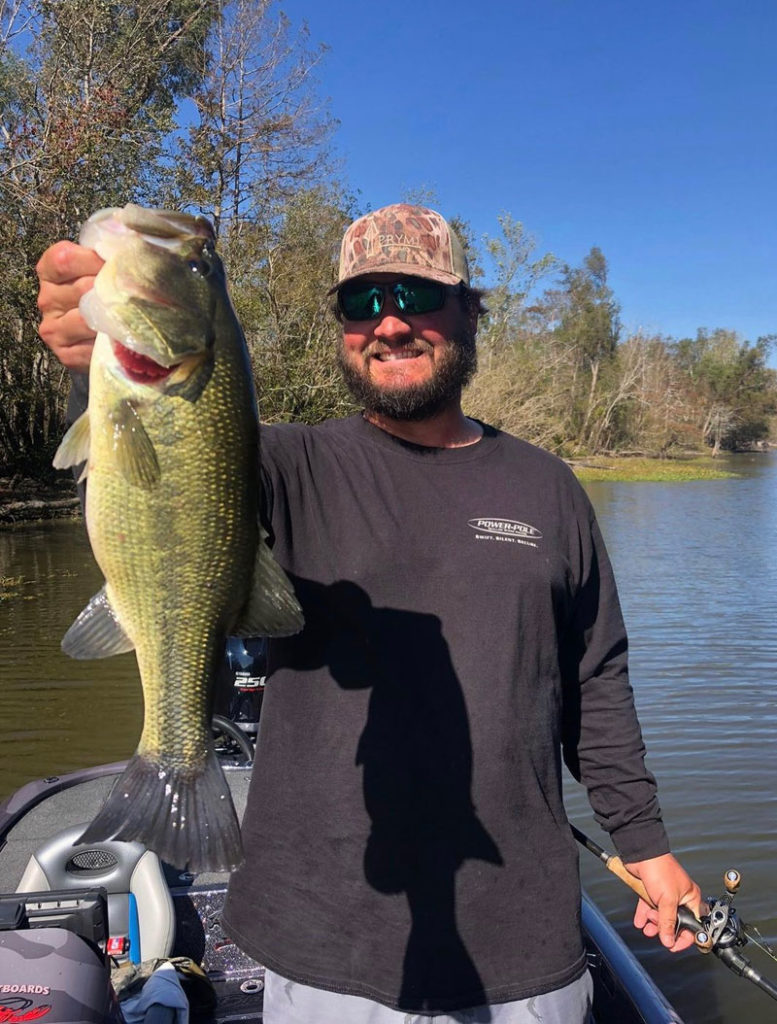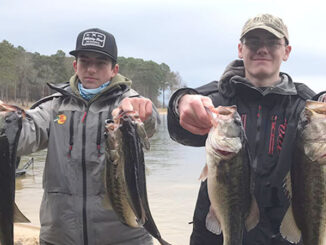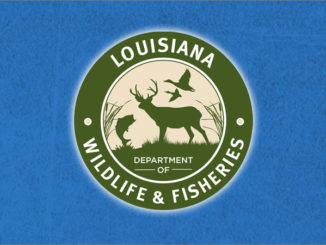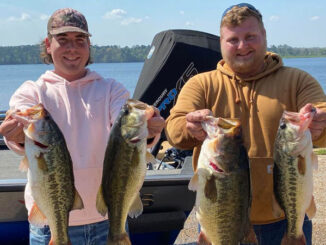
Moving water. Shad spawn. Cypress trees.
Those phrases are magnets to bass in the area that bass pro Cliff Crochet loves to fish in May. That’s why he’ll point the bow of his bass boat to the east side of the East Atchafalaya Basin Protection Levee, the Stephensville side, to Lake Verret, or farther south to Grassy Lake — or even farther south to Lake Palourde.
Lake Verret, however, is his first choice, and not because it’s close to his home in Pierre Part. It’s because it’s the place to be during the first weeks after post-spawn.
“Mid-May to June, I’m talking shad spawn. The fish are out of post-spawn going into summer stuff,” Crochet said. “I’m going to Lake Verret. That’s my personal preference, but all three are good in some strategic areas of the lake. They have moving water. Pierre Part Bay pumps water into the north end of Verret, then it’s pulled south to Grassy Lake,” and eventually into Lake Palourde, he pointed out.
“Those bayous with moving water set up the shad,” he said.
It’s prime time to target cypress trees on long points, as well as sloughs, lily pads and duckseed (aka duckweed), he said. He’ll look for “good, solid green water — that good green water with about a foot of visibility.”
Crochet relies primarily on two artificial lures to trigger bites around the cypress trees, sloughs and lily pads.
“Of course I’m going with a Crusher Lures Cliff Crochet Petite double-bladed spinnerbait, probably ½-ounce. It’s a compact spinnerbait, something nice and easy,” he said, noting Humdinger spinnerbaits also fit the bill.
His namesake spinnerbait model with a gold Indiana and a chrome Colorado blade is his favorite for Lake Verret. In green water, try a chartreuse blade, because shad give off a somewhat chartreuse glow in water of that color.
Crochet also throws one of his favorite square-bill crankbaits, a Bill Lewis Lures SB-57.
“I throw it on big line, like 20, because I’m dealing with heavy cover. Take advantage of everything to get away with bigger line,” he said.
Crochet’s color preference for the crankbait is Tennessee shad. He recommends any shad colors.
Crochet has a special soft plastic ready if he finds what he calls the perfect layer of duckseed on the water. That’s when he breaks out the plastic frog, probably the new Snag Proof Phat Frog, more than likely a black model.
“Yeah. One more thing that gets into play that time of year is duckseed. It becomes a major player. How do you know the ‘best’ stuff? Real fine duckweed can be hard to find. The good stuff you can run a spinnerbait under” without the duckseed fouling the line or the spinnerbait, he said. When he comes across the best stuff, he works that plastic frog across it.
Much of the time in May, morning hours are when Crochet gets most of the bites, because that’s when shad seem to be most active. Later in the day, when the activity slows, it can signal a time to offer bass a small soft plastic, like a Net Bait Baby Paca-Craw.
Crochet said he throws the hollow-bodied soft plastic on 17-pound Seaguar fluorocarbon.


